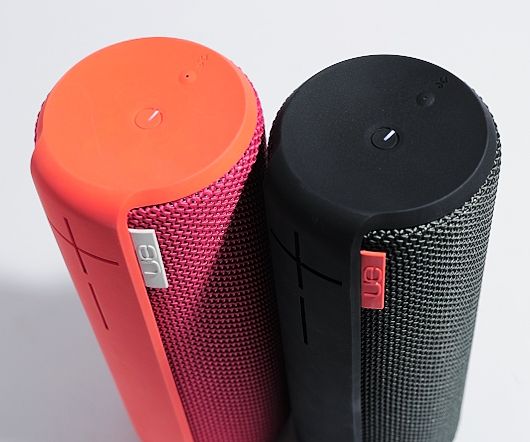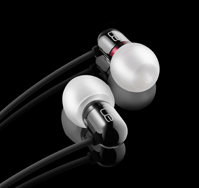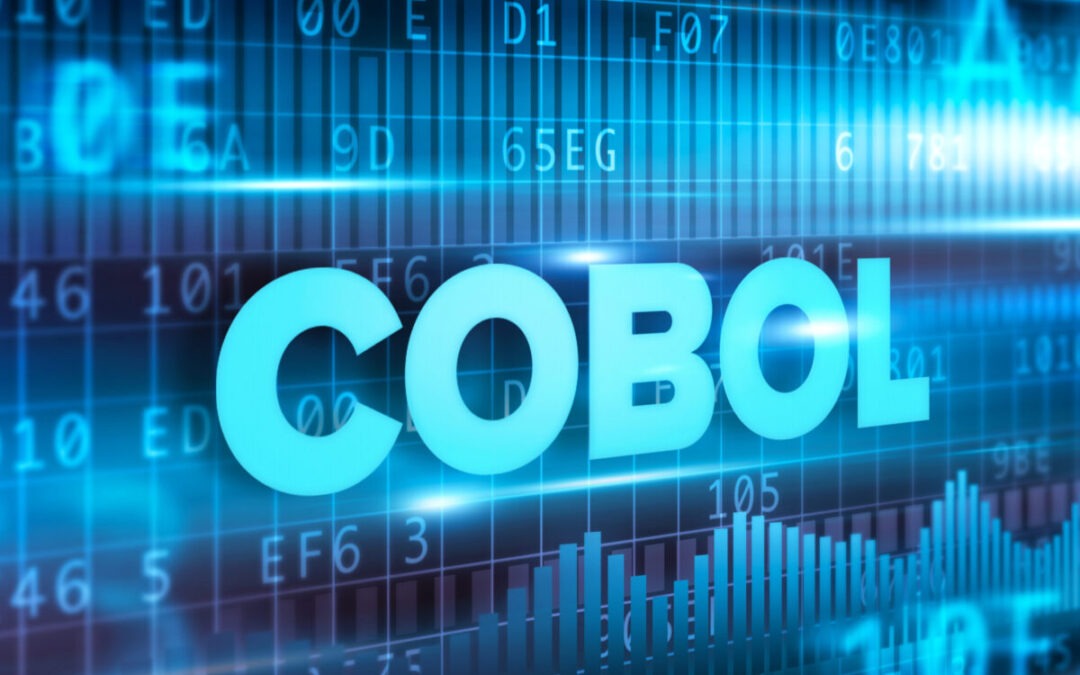Project Diaries

Ultimate Ears
In November of 2014 the FirstLink team was tasked with design, implementation and deployment of a comprehensive automation system to enable the Engineering and Quality Assurance teams for Logitech’s UE Boom Software for Ultimate Ears to design and run regression test suites.
A little bit of history
Ultimate Ears was founded in 1995 by Mindy and Jerry Harvey, and acquired in 2008 by Logitech. Ultimate Ears created a new market for the in-ear monitor (IEM), which is today used by most of the world’s top touring musicians.

The prototype earpiece contained two tiny speaker drivers. The high low frequency driver was one used to warn pacemaker wearers of internal problems.
Other band members caught on and the rest is history, Harvey made sets for other bands, Englebert Humperdinck, and finally set up a company to supply the likes of The Rolling Stones and the Red Hot Chili Peppers.
After going on tour with Linkin Park to connect with touring musicians, he saw the popularity of iPods and other mp3 players, and in 2004 decided to offer a consumer model of Ultimate Ears at a price of $550, and after being acquired by Innovate Partners grossed over $10 Million at $250 a pair in 2006.
Ultimate Ears was acquired by Logitech in 2008, and in 2013 entered the portable wireless consumer speaker market with UE Boom.
FirstLink Role – the Technology
The general mission of was to design, implement and deploy a comprehensive automation system to enable the Engineering and Quality Assurance teams to design and run regression test suites.
The technology made heavy use of the Bluetooth Standards and profiles both standard and Bluetooth Low Energy for audio streaming and wireless control of the device, field firmware update, and music streaming. USB technology was used extensively as a means to debug, control and update the firmware of the device.
The system was build around a collection of Python 3.4.3 modules and packages and also involved the development of shared libraries in C and C++ and addressed the following:
- USB Interface
- Bluetooth Interface (idem)
- SPI utilities (idem)
- Audio Fingerprinting
- Audio Quality assessment.
- Database Of Test results
- HTML report generator
- Continuous Integration of Software (jenkins, hudson)
- Management of Git repositories

When Old Technology becomes New Again
The requirement for COBOL knowledge has never disappeared. While it was thought that most COBOL programmers have either passed away or retired, the language has remained, although more discreetly, hidden behind the new technologies and buzz words of every day.
After almost 50 years in the field, the initial impetus to revisit old technology is a mix of nostalgia and curiosity.
The University town where I first encountered the magical world of computers had a well-equipped computer center. Most of the equipment was shared among the faculties of the university and few scientific and agricultural interests in the neighboring companies. Today all this beautiful equipment has found its way to various technology museums and probably to the metal recycler or the landfill.
Computer Sciences and the Computer Industry has made so much progress in these fifty years that the sheer volume of innovation and change is hard to fathom, still, there is quite a large crowd of people who are interest in the technology of yore, reviving a demand for experts in this field.

